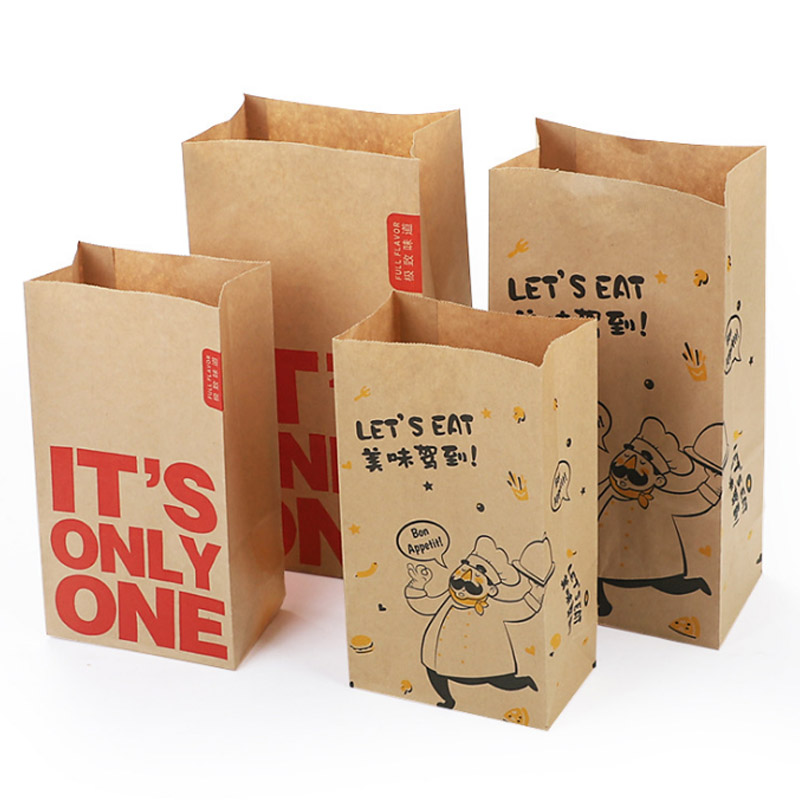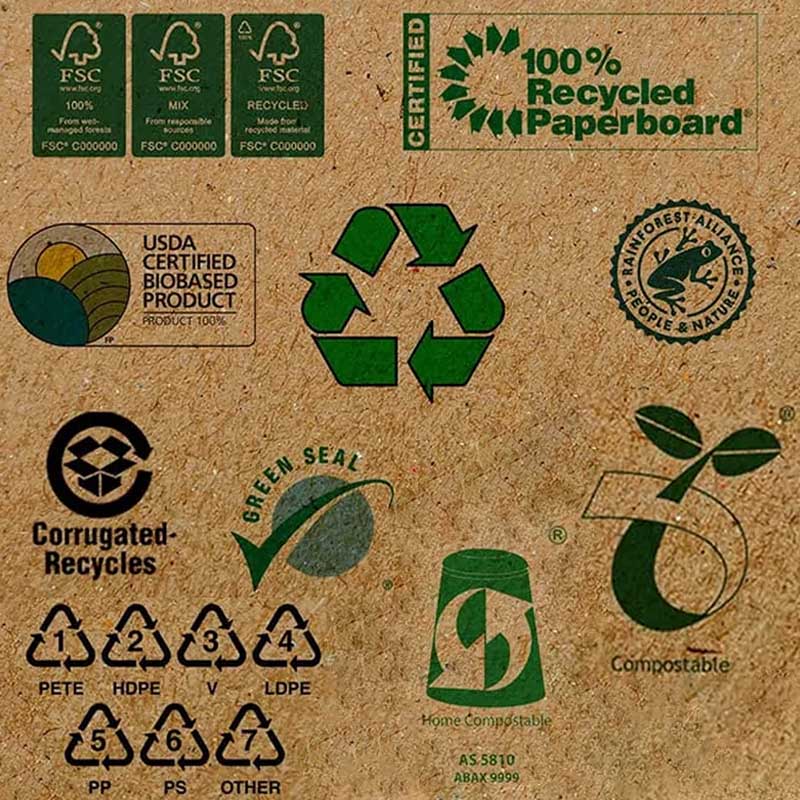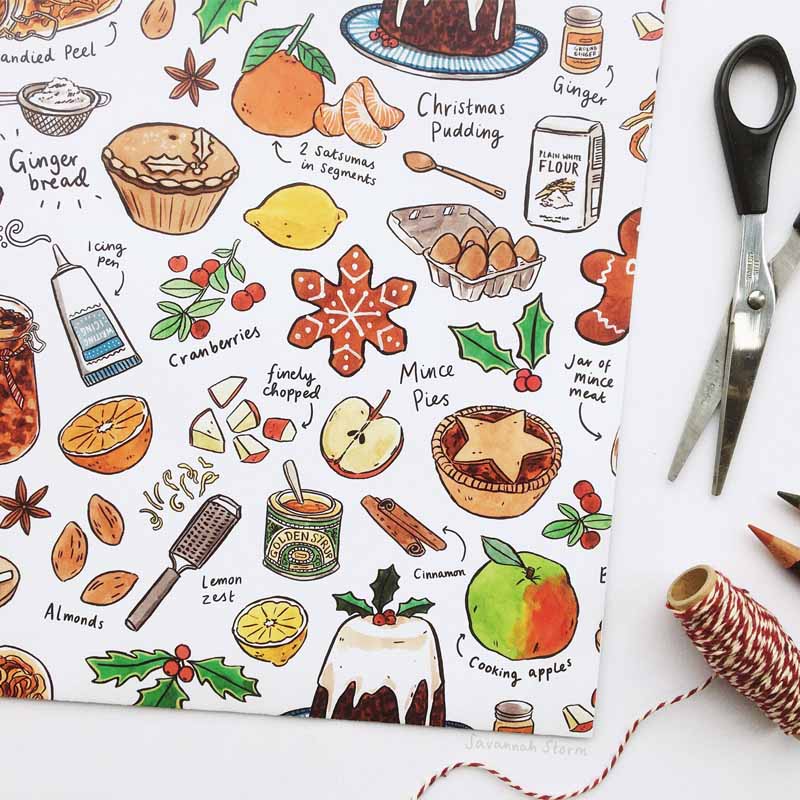 Advantages of paper packaging
Advantages of paper packaging
Jan .09.2023
Among many packaging materials, paper packaging is more in line with contemporary green and low-carbon requirements. Its material characteristics also enable it to be used many times, and discarded with less impact on the environment, while having a high
 Get Clear About 22 Common Food Package Symbols Mean
Get Clear About 22 Common Food Package Symbols Mean
Dec .18.2022
Every country in the world has relative standards to the food packages' design, some symbols are must printed. They can help the consumers to clearly know your products and help safeguard both parties' legitimate rights and interests better. As the manufa
 It's time to start preparing for Christmas
It's time to start preparing for Christmas
Nov .11.2022
Winter has come! It's time to start preparing for Christmas. Seasonal themed packaging is a great way to give your brand some extra relevance. Each year, a multitude of businesses invest in new packaging that speaks to the spirit of the season - to the po




 Advantages of paper packaging
Advantages of paper packaging
 Expert opinion | What should we do in the future to deal with the problem of flexible film recycling?
Expert opinion | What should we do in the future to deal with the problem of flexible film recycling?
 Get Clear About 22 Common Food Package Symbols Mean
Get Clear About 22 Common Food Package Symbols Mean
 It's time to start preparing for Christmas
It's time to start preparing for Christmas